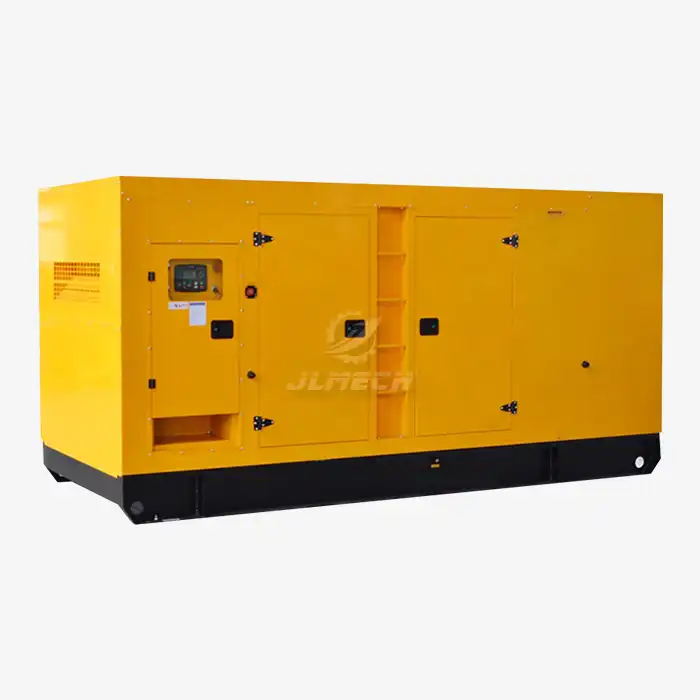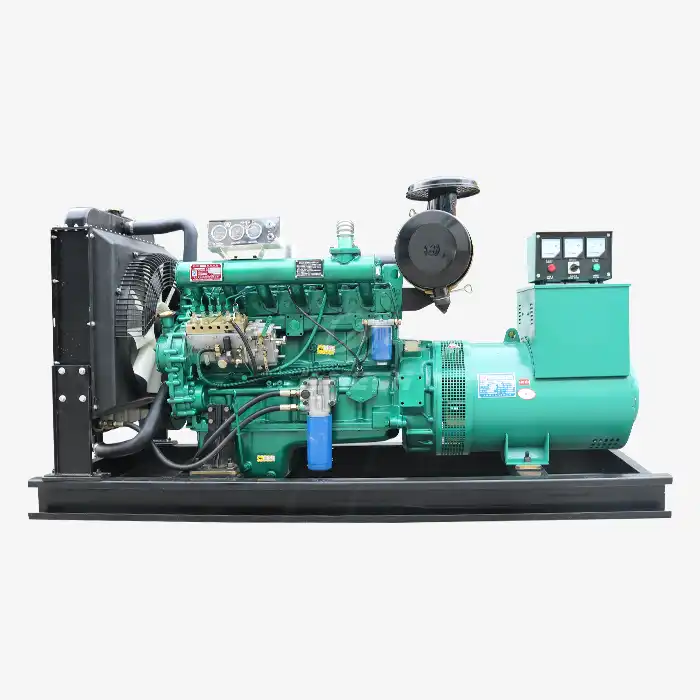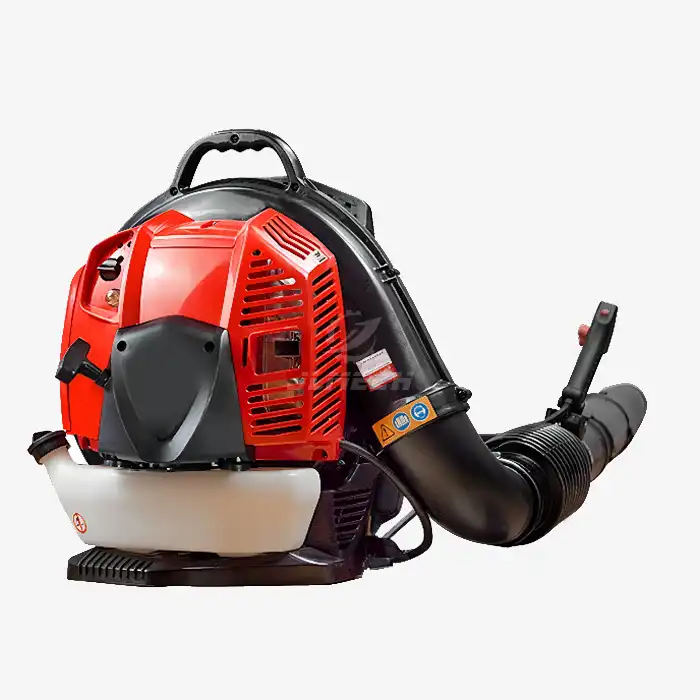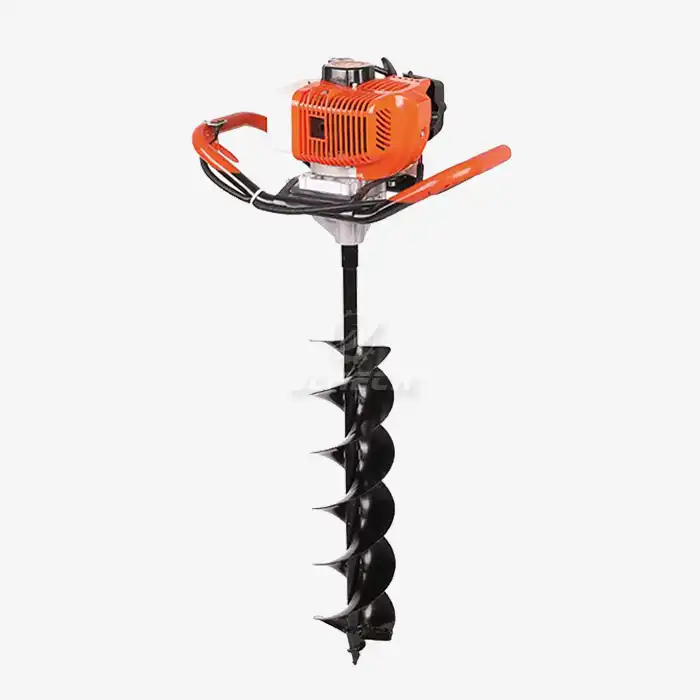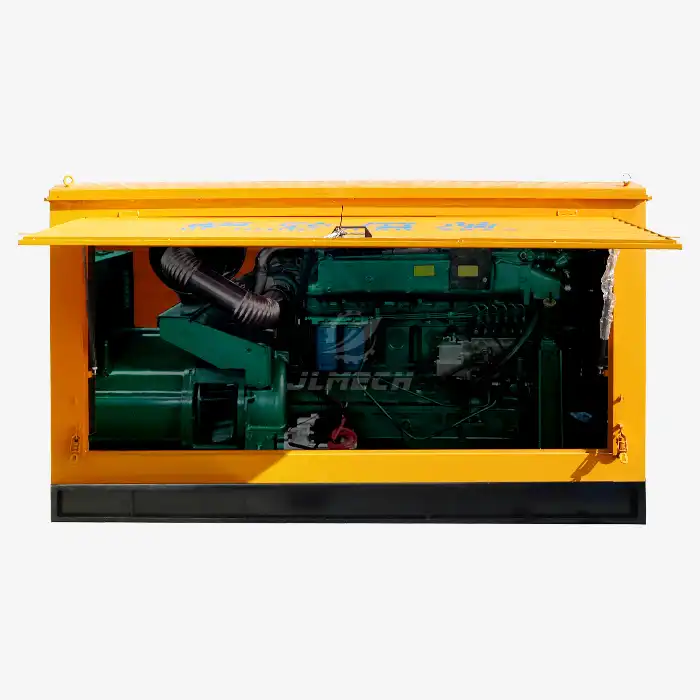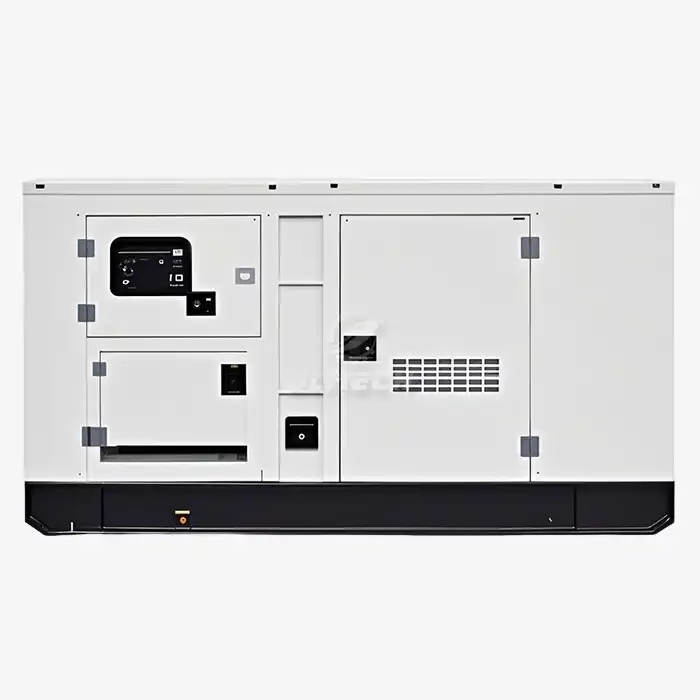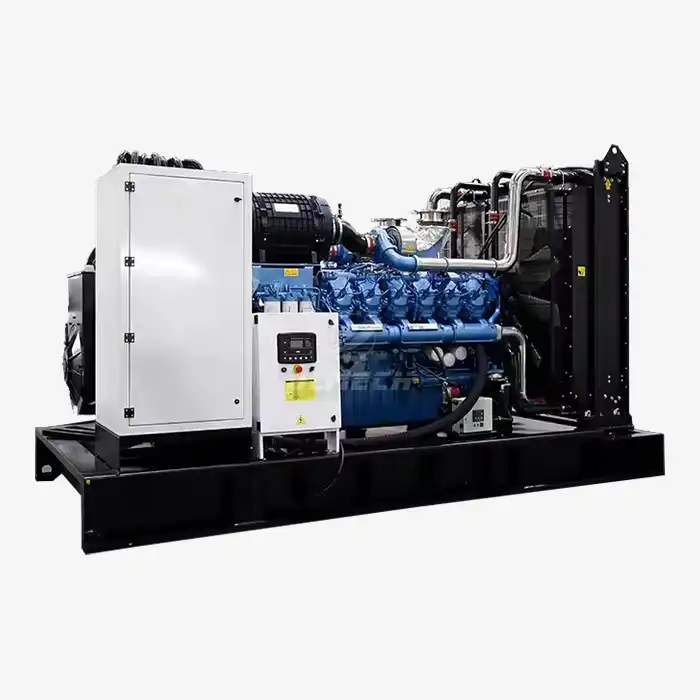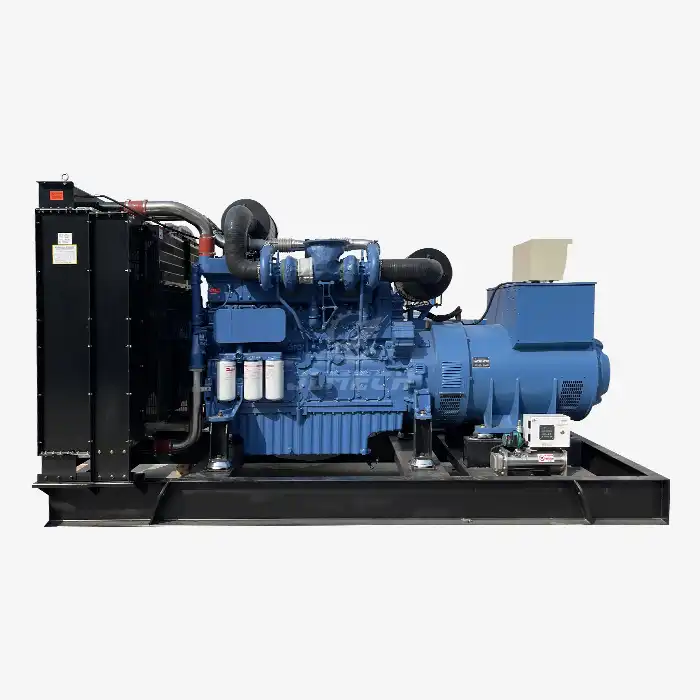What causes a generator to vibrate?
Excessive vibration in a generator is more than just an annoyance; it is a critical warning sign that demands immediate attention. Left unaddressed, it can lead to catastrophic failures, including accelerated wear on bearings, loosening of electrical connections, structural damage to the stator and rotor windings, and even cracking of the foundation. Understanding the root generator vibration causes is the first and most crucial step in preventing costly downtime and repairs, ensuring the long-term reliability and safety of your power asset.

The Silent Threat
Vibration is the silent killer of generator health. It slowly degrades components, often going unnoticed until a major failure occurs. The consequences are both mechanical and financial:
Mechanical Stress: Fatigue on components like couplings, bearings, and mountings.
Electrical Damage: Loosened connections and insulation breakdown in windings.
Safety Hazards: Potential for broken components or fuel/oil leaks.
Recognizing the primary generator vibration causes allows for proactive maintenance, transforming a potential crisis into a manageable maintenance task.
Mechanical Imbalance
This is the most common source of vibration, analogous to an unbalanced car tire. It occurs when the mass of the generator's rotor or the engine's rotating components is not evenly distributed around its axis of rotation.
Causes: Manufacturing imperfections, uneven accumulation of debris or carbon, bent shafts, or damaged fan blades.
Characteristics: Vibration levels typically increase with speed and are highest in the radial (horizontal) direction.
Solution: Precision dynamic balancing performed by a specialist on a balancing machine is required to correct this issue.
Engine-Related Forces
The diesel engine itself is a significant source of vibration due to the powerful, repetitive forces of combustion.
Causes: Irregular combustion in one or more cylinders, faulty fuel injectors, worn piston assemblies, or compromised engine mounts (anti-vibration isolators).
Characteristics: Vibration frequencies are often tied to the engine's firing frequency (RPM x number of cylinders / 2 for a four-stroke engine).
Solution: A thorough engine tune-up, compression test, and inspection/replacement of engine mounts are essential steps in diagnosis and repair.
Misalignment
This critical issue arises when the engine shaft and the generator (alternator) shaft are not perfectly collinear. Misalignment can be parallel (offset), angular, or a combination of both, placing immense stress on the coupling and bearings.
Causes: Improper initial installation, foundation settlement, thermal expansion during operation, or damage from an impact.
Characteristics: High axial (thrust) vibration, along with radial vibration, often at twice the running speed.
Solution: Precise realignment using laser alignment tools is necessary. Proper alignment is a cornerstone of professional installation and a key factor in mitigating common generator vibration causes.
Electrical Faults
Vibration can originate from within the generator itself due to electromagnetic imbalances. These issues are distinct because they are often load-dependent.
Causes: An uneven air gap between the rotor and stator, shorted turns in the rotor winding creating an asymmetric magnetic field, or a soft foot condition (where the generator frame is not flat on the base).
Characteristics: Vibration may appear or significantly increase only when the generator is energized and under electrical load.
Solution: Requires specialized testing, such as a "shorted turns" test or a "flux probe" test, to diagnose. Correcting these electrical generator vibration causes demands expert intervention.
Installation and Resonance
Sometimes, the generator is not the problem. The way it is installed or its interaction with the supporting structure can create or amplify vibration.
Causes: An insufficiently rigid or massive concrete foundation, deteriorated or improperly specified vibration isolators (mounts), or structural resonance where the natural frequency of the support structure matches the running speed of the generator.
Characteristics: The entire unit and surrounding structure shake excessively. Vibration might be acceptable at one speed but severe at another.
Solution: Reinforcing the foundation, replacing engine mounts, or installing a vibration-dampening inertia base can resolve these issues. A comprehensive site assessment is crucial to identify these external generator vibration causes.
Conclusion
Persistent generator vibration is a clear signal that something is wrong. The root causes—from mechanical imbalance and misalignment to electrical faults and resonance—are complex and often interlinked. Ignoring these signals inevitably leads to reduced efficiency, premature component failure, and unexpected operational downtime.
Our team of engineering specialists is equipped with the tools and expertise to diagnose and resolve any vibration issue. If you are experiencing problems or want to ensure your new unit is installed correctly from the start, contact us for a professional assessment. Reach out to our technical support team at skala@whjlmech.com.
References
IEEE Power & Energy Society. (2018). IEEE Recommended Practice for the Design of Diesel Generator Axis Systems for Stationary Power Applications. IEEE Std 1155-2018.
Carter, B. J., & Singh, R. (2021). A Comparative Analysis of Vibration-Based Fault Detection Techniques for Industrial Generators. Journal of Mechanical Engineering and Sciences, 15(2), 112-125.
Roberts, A. (2019). Practical Solutions for Rotating Machinery Vibration. Power Generation Technology Quarterly, 44(1), 58-67.



